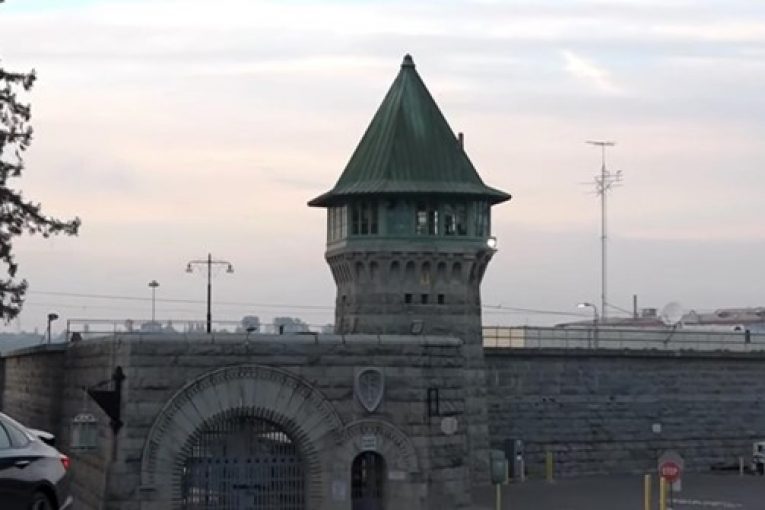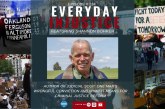

By Wayne Chan
SAN FRANCISCO, CA – In a new report, “Where people in prison come from: The geography of mass incarceration in California,” the Essie Justice Group and the Prison Policy Initiative provides crucial information about populations of state prisons, where the population comes from, and how communities are affected.
The report also provides 20 detailed data tables that include localized data for a few large cities which will be useful for analyzing how incarceration relates to community well-being.
The report was made possible by the passing of a 2011 law which required people in prison to be counted as residents of their hometown instead of prison cells susceptible to redistricting every decade. Data from the report shows residence information for incarcerated people during the 2020 Census, revealing which communities are most impacted by incarceration.
Data of incarcerated individuals are broken down by county, city, zip code, legislative district, census tract, and other areas. The county with the highest state incarceration rate is Kings at 666 per 100,000 residents. Next is Shasta at 663 per 100,000, Tehama at 556 per 100,000. The lowest is Marin County at 80 per 100,000.
A Senior Research Analyst at the Prison Policy Initiative stated, “The nation’s 40-year failed experiment with mass incarceration harms each and every one of us. This analysis shows that while some communities are disproportionately impacted by this failed policy, nobody escapes the damage it causes. Our report is just the beginning. We’re making this data available so others can further examine how geographic incarceration trends correlate with other problems communities face.”
Studies cited in the report show a correlation between incarceration and many other negative outcomes such as shorter life expectancy, lower standardized test scores, depression, etc. The data provided by the report allows for deeper investigations into these correlations.
Felicia Gomex, Senior Policy Associate at Essie Justice Group, said mass incarceration harms communities. Women, especially black women, bear the burden of mass incarceration, often facing financial devastation and health issues, she said.
Gomex added, “This report provides the most cutting-edge data we have to date to help us better understand how specific regions of the state are experiencing incarceration. We now have an additional layer of analysis, that connected to the lived experiences of women with incarcerated loved ones, sheds light on which regions in California are sending the most people to prison and how that is impacting communities and their constituents (uplifting) the urgent need for the state to close more prisons and make full investments into care and community safety.”
California is one of many states and local governments totaling about half of the country that has now addressed “prison gerrymandering— a practice that gives political status to state and local districts that house prisons at the expense of all other areas of the state.
Key facts from the report:
- Every county, and state legislative district, has a portion of their population incarcerated.
- Los Angeles sends the most amount of people to prison, but many other smaller counties send a larger portion of residents to prison.
- Native reservation and trust land have an imprisonment rate of 534 to 100,000, almost doubling the state average of 310 per 100,000.
- Differences in incarceration rates within communities often exist along racial and economic lines. In La, 14 neighborhoods with the highest imprisonment rates are all in South Central LA, where the population is 57 percent Latino, 38 percent Black, and two percent white. And the communities with the lowest imprisonment rates are predominantly white and wealthier Westside region.
- The large number of people sent to prison from a small number of areas devastates the health and stability of the community left behind. It specifically impacts women and non-gendered people— 1 in 4 women and 1 in 2 black women have an incarcerated loved one.





